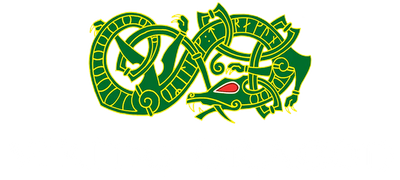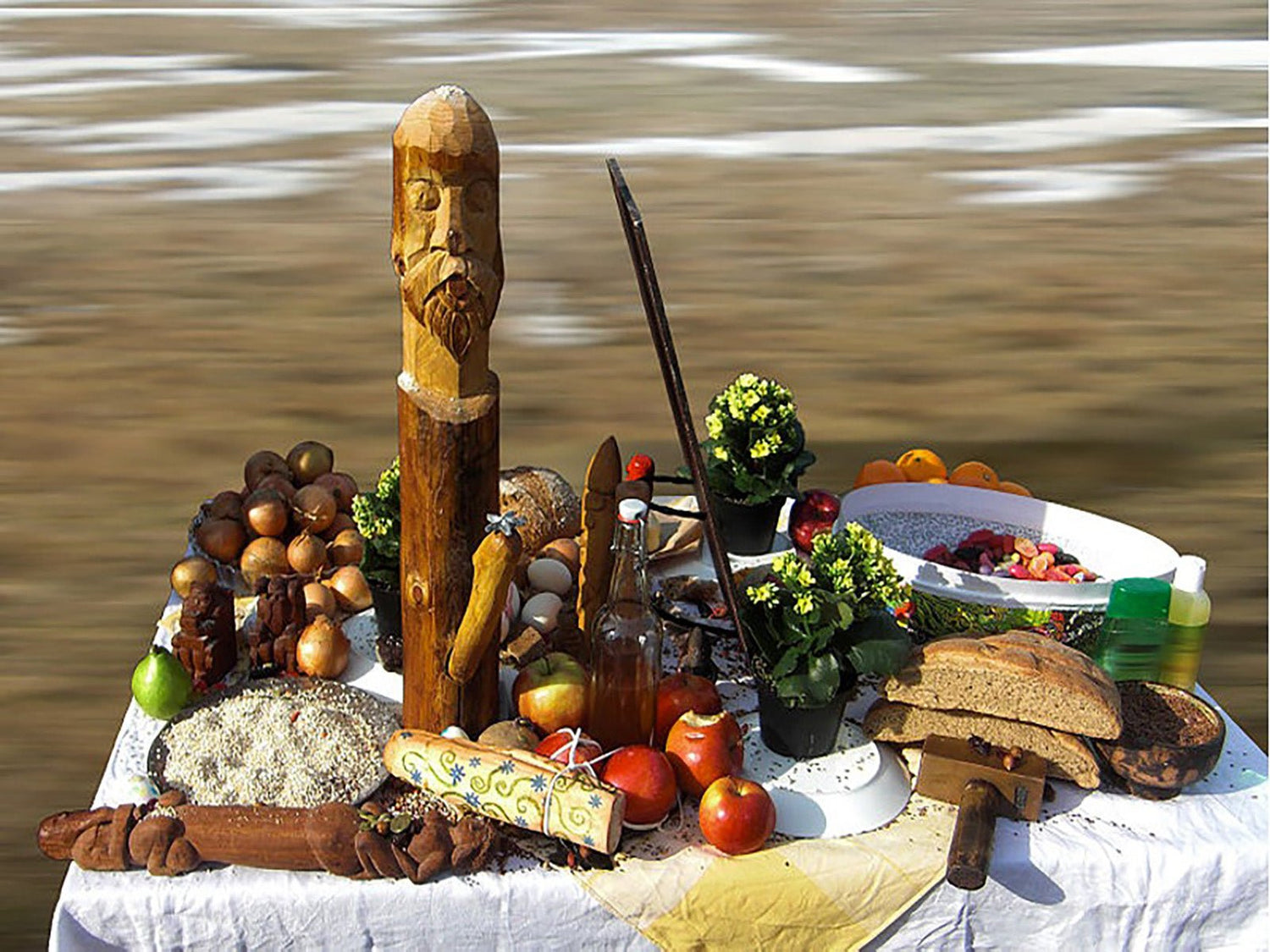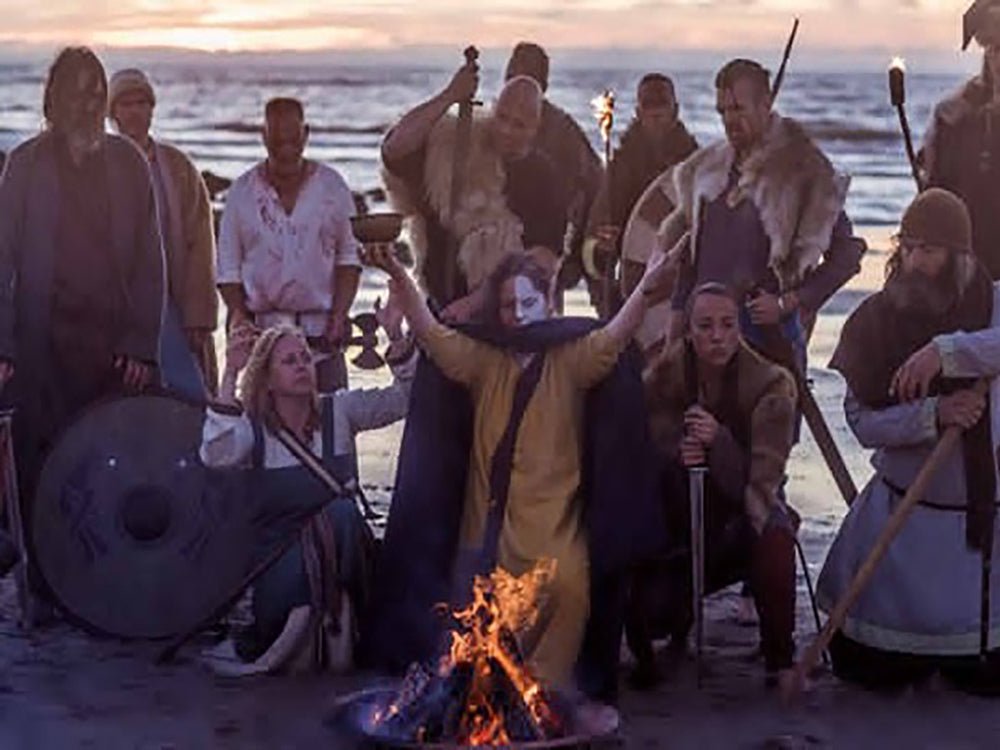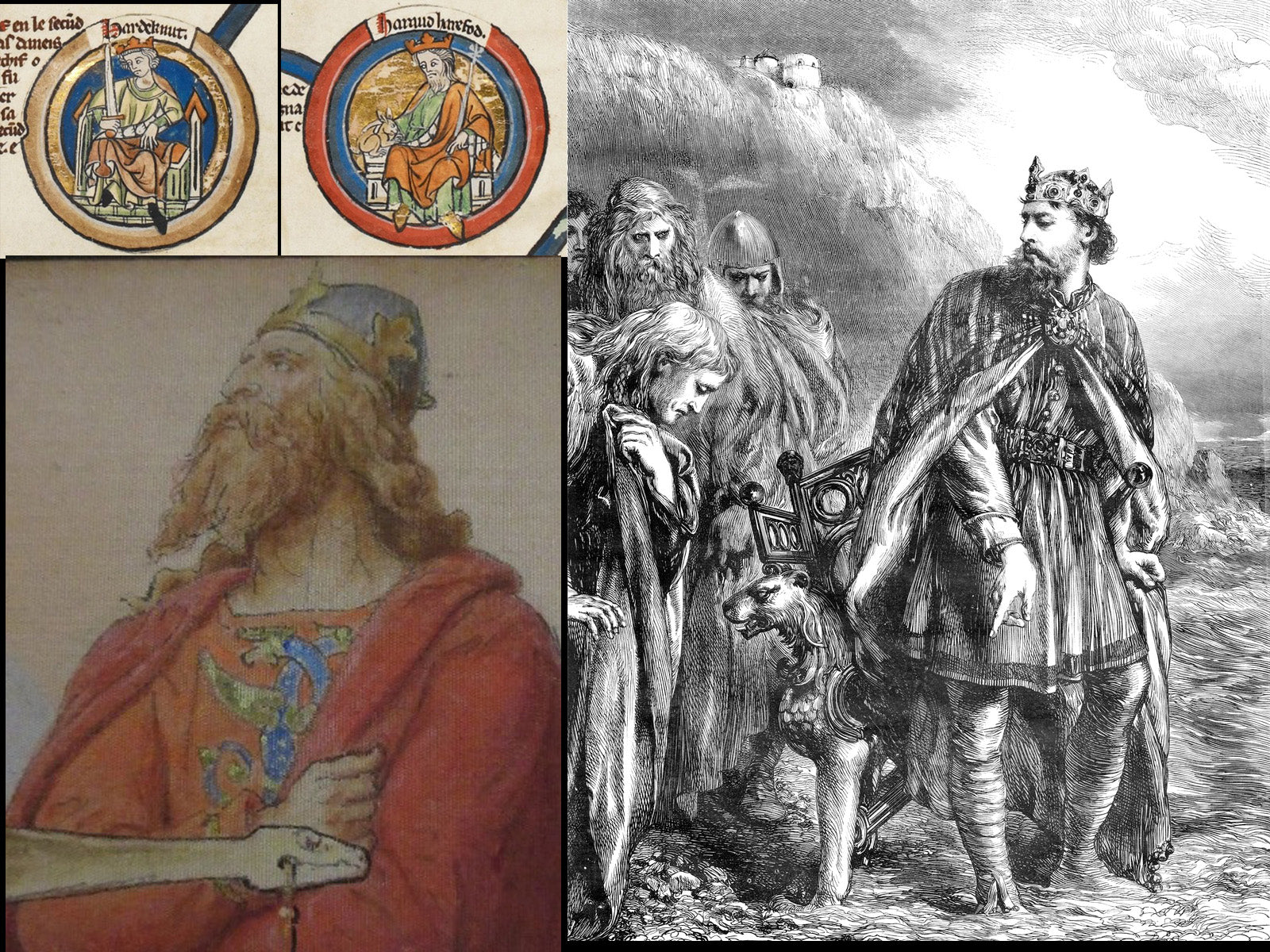As an agricultural and seafaring society, the turning of the seasons was very important to Viking culture. The average Norseman or woman would have based their tasks for the day, week or month on the weather, the crops or the length of the days. It’s no wonder then that the Viking calendar was rich with festivals to celebrate the changing of the seasons and as the gods for whatever the specific time of year called for.
Though it has its differences, the Viking calendar is pretty similar to what we use today. It recognises 12 months, each of which has 30 days, and even makes allowances for leap years. Some of their holidays might also sound familiar, since they’ve morphed over time into festivals that we still celebrate today. Others have been lost to time, or have at least changed beyond recognition as they transformed into modern Christian or secular holidays.
The Old Norse Calendar
Before we dive into the festivals that the Vikings celebrated throughout the year, let’s first take a look at the Old Norse calendar. The Vikings broke the year into two seasons, summer and winter. Like us, they acknowledged 12 months, though for the Vikings, every month had a clean 30 days. Every fourth year, four days were added to the end of summer, just like how we add an extra day to February to make a leap year.
The Viking year is based around a Lunisolar calendar, meaning that it’s predicated on the movements of both the sun and the moon. At 30 days each, the months are roughly the same as a lunar cycle, while solar events such as equinoxes and solstices were important markers in the year as a whole. Down on Earth, the Vikings’ understanding of the months was based on what was happening at that time of year, whether that be to do with weather, agriculture or festivals.
The Old Norse Summer months and their meanings are as follows:
|
Harpa |
Meaning unknown |
Mid April - Mid May |
|
Skerpla |
Lambing month |
Mid May - Mid June |
|
Sólmánuður |
Sun month |
Mid June - Mid July |
|
Heyannir |
Hay month |
Mid July - Mid August |
|
Tvímánuður |
‘Two month’ - possibly meaning two months before Winter |
Mid August - Mid September |
|
Haustmánuður |
Harvest month |
Mid September - Mid October |
These were then in turn followed by the winter months:
|
Gormánuður |
Slaughter month |
Mid October - Mid November |
|
Frermánuður |
Frost month |
Mid November - Mid December |
|
Mörsugur |
Marrow month |
Mid December - Mid January |
|
Þorri |
Thor’s month |
Mid January - Mid February |
|
Góa |
Meaning unknown, though possibly named after a mythological snow spirit |
Mid February - Mid March |
|
Einmánuður |
‘One Month’ - possibly meaning the last winter month or last month of the year |
Mid March - Mid April |
Historians aren’t entirely sure which month the Vikings would have considered the start of the year. Some have suggested that Vikings may have started their calendars from the first of Harpa, that being the return of the Summer season. Others believe that Viking New Year may have fallen around the same time as our own, with it even being suggested that the Scottish celebration of Hogmanay on the 31st of December stems from Viking New Year celebrations.
Sigrblót

Falling on the fourth full moon after the winter solstice, usually towards the end of Einmánuður, Sigrblót came with the promise of summer on the horizon. This was a time for optimism, sewing seeds and laying plans for the warm months ahead.
Sigrblót literally means ‘Victory celebration,’ specifically referring to the summer’s victory over winter. It’s not surprising, then, that this festival was associated with the god Odin, and would see Vikings make blood sacrifices to the sky god in return for good fortune on travels and raids during the summer. But it wasn't only warriors who would take part in the festivities. Such a hopeful time of year called for all Norsemen and women to dance, sing and feast around the bonfire.
Those who practise Viking traditions today obviously don’t sacrifice animals to Odin during Sigrblót. Popular offerings in the 21st century include wine, mead or other goods associated with merriment and fertility. The theme of victory is still apparent in modern practice too, though less literally attributed to raiding. Followers today are more likely to interpret the festival as a celebration of courage, ambition and travel.
Midsommerblót

Midsummer celebrations in the Nordic countries far pre-date the Vikings. Similar celebrations can be traced back to the Iron Age when local tribes worshipped the sun as their all-powerful god.
Vikings observed Midsummerblót around the Summer Solstice during the month of Sólmánuður. This was a time to celebrate the arrival of the long, bright summer days, as well as the reaping of crops. At this time of year, Vikings paid special attention to the landvaettir, or land spirits, who could make crops and fruit grow, replenish the soil and protect harmony in the natural world. Midsummerblót was an opportunity for Vikings to give thanks to these unseen forces who were considered so crucial to the success of the harvest.
Many Midsummerblót celebrations, including feasting, drinking, dancing, singing and lighting bonfires, live on in modern Scandinavian midsummer festivities. Though the origins of the Maypole are unknown, some have suggested that Vikings may have danced around a pole or tree during Midsummerblót to honour Freya and channel good fertility.
Álfablót

After the merriment of summer and the excitement of travel, Álfablót marked the end of the harvest and the arrival of winter. The festival was associated with both the goddess Freya and the Álfar, or elves, who were often thought to be manifestations of a family’s ancestors.
Though historians know that this was an important date in the Viking calendar, less is known about how it was celebrated. As this was a time to celebrate the family and remember its forebears, festivities were led by the women of the household and took place within the privacy of the home. According to Sigvat the Skald, an 11th-century Icelandic poet, even the most hospitable noblemen would turn strangers from their doors on Álfablót.
Yule

Deep in the dark Nordic winter, Yule shone bright as 12 days of merriment and hope. Beginning at the Winter Solstice during the month of Frermánuður, this was a time to celebrate the slow return of summer as the days began to get longer again. Just like other festivals throughout this year, this slither of optimism called for merriment and feasting by the entire community. Mead was particularly key to Yule celebrations since it was known to be Odin’s favourite drink, and midwinter was seen as a good time to be on Odin’s good side since he had the power to bring summer back. It also didn’t hurt to sacrifice an animal or two to the sky god in the hopes that he would bring about an early spring.
While the practice of making a blood sacrifice hasn’t survived into modern Christmas traditions, a number of festivities associated with the Old Norse Yule have survived to this day. As Scandinavia Christianised and Viking festivals dwindled into obscurity, people carried over certain aspects of traditional faith into Christian holidays. As the name would suggest, burning a yule log began as a Viking custom. Norsemen and women were also known to hang wreaths or decorate evergreen trees to symbolise the cycle of the seasons. Even mistletoe got its association with love, peace and resurrection from the Viking legend of the death of Baldur.





